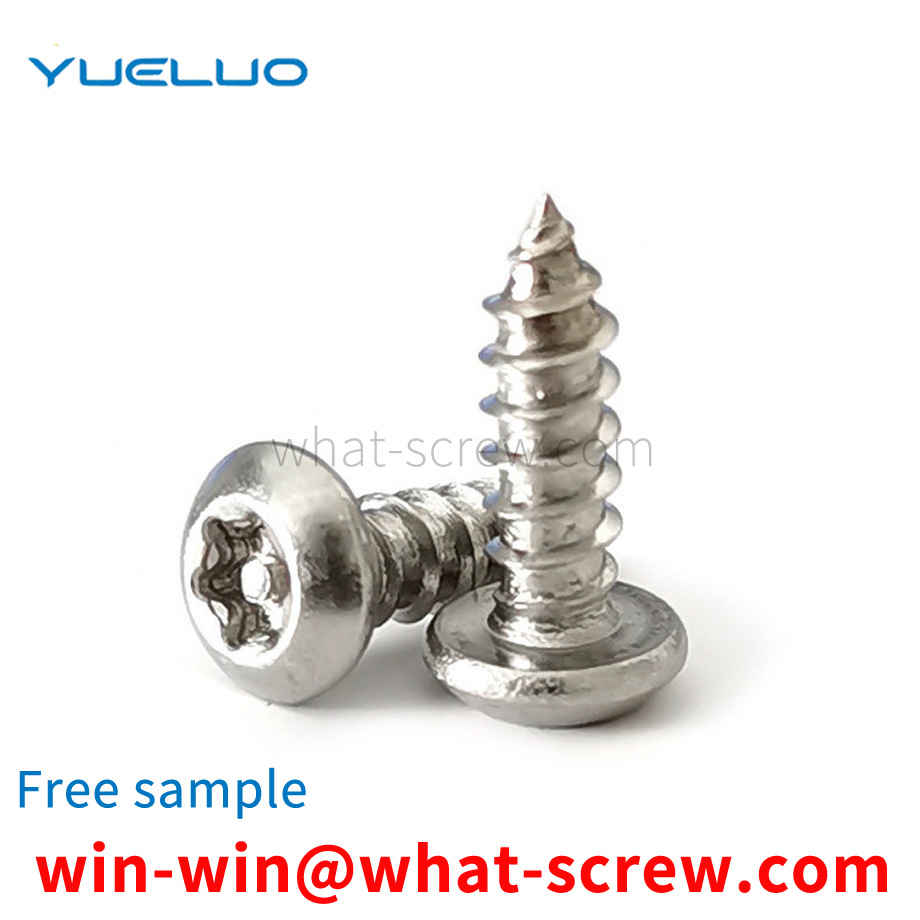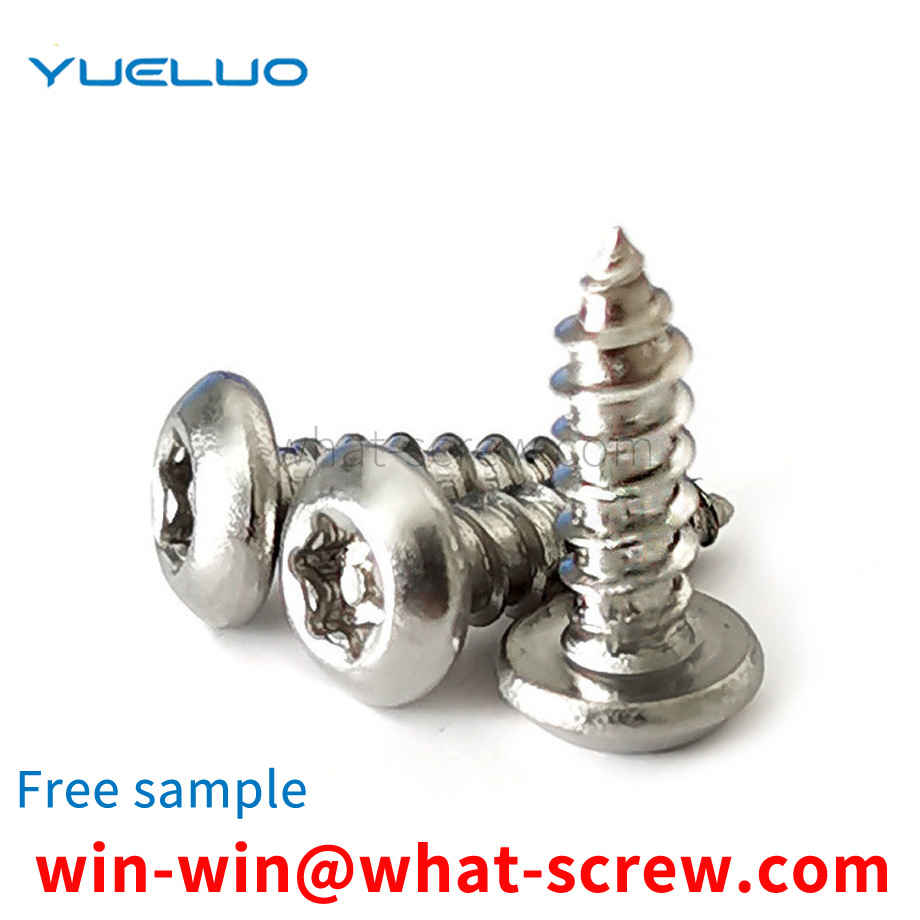One of the steps in the screw production and processing process is to slot the screw head to facilitate the use of a screwdriver when tightening or loosening the screw. Generally, companies use manual sorting, and then use the cutting knife to slot the front end screws through the track, which is inefficient, and because the screws are not fixed, the cutting knife may easily fly out or break the blade during cutting. It is a safety problem, and after cutting, the screw head has rough workmanship and burrs, which is easy to hurt the hand.
Comparing the physical properties of stainless steel and carbon steel, the density of carbon steel is slightly higher than that of ferritic and martensitic stainless steel, but slightly lower than that of austenitic stainless steel; the resistivity is based on carbon steel, ferritic, martensitic and The order of austenitic stainless steel is increasing; the order of linear expansion coefficient is similar, austenitic stainless steel is the highest and carbon steel is the smallest; carbon steel, ferritic and martensitic stainless steel are magnetic, austenitic stainless steel is non-magnetic, But its cold work hardening will generate magnetism when it is transformed into intensite, and heat treatment method can be used to eliminate this martensitic structure and restore its non-magnetic properties. Compared with carbon steel, austenitic stainless steel has the following characteristics: 1) High electronegative rate, which is about 5 times that of carbon steel. 2) The large coefficient of linear expansion is 40% larger than that of carbon steel, and with the increase of temperature, the value of the coefficient of linear expansion of stainless steel screws increases accordingly. 3) Low thermal conductivity, about 1/3 of carbon steel.
Below in conjunction with the accompanying drawings, Guangdong Yueluo Hardware Industry Co., Ltd. is described in further detail. Please refer to FIG. 2 and FIG. 3, a locking nut includes a nut 1, the bottom is circular, the middle is hexagonal, the top is circular, there is a bolt hole in the center, and the side wall of the bolt hole is threaded. A number of flattening notches 2 are arranged on the top of the nut. According to the locking nut of the preferred embodiment of Guangdong Yueluo Hardware Industry Co., Ltd., the number of the flattening notches 2 is three. Due to the above features, the three flattening gaps can be used as the focal point of the tightening tool and the clamping place of the anti-loose gasket bayonet, and the structure is simple and can be formed by die stamping at one time. The above disclosure is only a preferred embodiment of Guangdong Yueluo Hardware Industry Co., Ltd., and does not limit itself. Any person skilled in the art, without violating the spirit of the present invention, can think of changes that fall within the scope of It is within the protection scope of Guangdong Yueluo Hardware Industry Co., Ltd.
flat washer is a part that is placed between the connected part and the bolt to protect the surface of the connected part from being scratched by the nut and to disperse the pressure of the nut on the connected part. At present, a flat washer in the prior art generally includes a washer body; the washer body has a bolt hole in the middle for a bolt to pass through. Although the flat washer of the above structure has a simple structure, it still has a disadvantage. When the flat washer is cushioned between the connected part and the bolt, the bolt head is usually exposed outside the connection part, so the bolt head is easy to It is damaged under the impact of external force, thus affecting its fixing effect.
The performance grade is divided into 15 grades, stainless steel is grade 51, and the open type blind rivet is divided into two types: countersunk head and flat round head according to the shape of the head. Among them, open blind rivets with performance levels of 10 and 11 are widely used. In 2006, the National Standards Committee revised and released GB/T 12617.1-2006 Open Type Countersunk Head Blind Rivets Class 10 and 11 and GB/T 12618.1-2006 Open Type Flat Round Head Blind Rivets Class 10 and 11. National standards for 10 and 11 class open blind rivets. The two new standards, respectively adopting ISO15978:2002 and ISO15977:2002 international standards, were released on July 5, 2006 and officially implemented on December 1, 2006. After implementation, it will replace the two old standards GB/T 12617-1990 Open Type Countersunk Head Blind Rivets and GB/T 12618-1990 Open Type Oblate Head Blind Rivets.
We have many years of experience in the production and sales of screws, nuts, flat washers, etc. The main products are: chassis connection copper column, 6 hexagon head bolts, rivet nuts flat head nuts, through-hole hand nuts and other products, we can provide you with products suitable for you fastener solutions.



















 Service Hotline
Service Hotline




